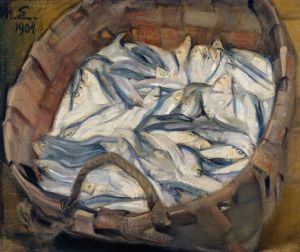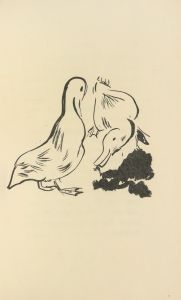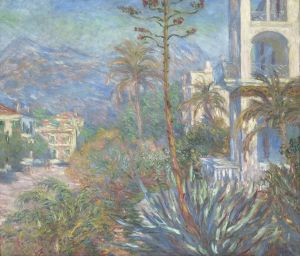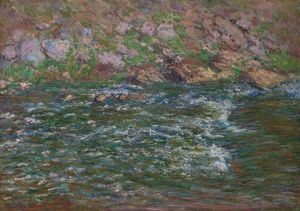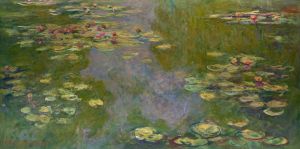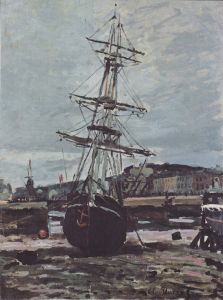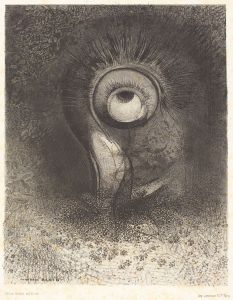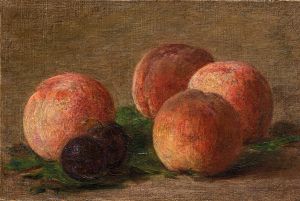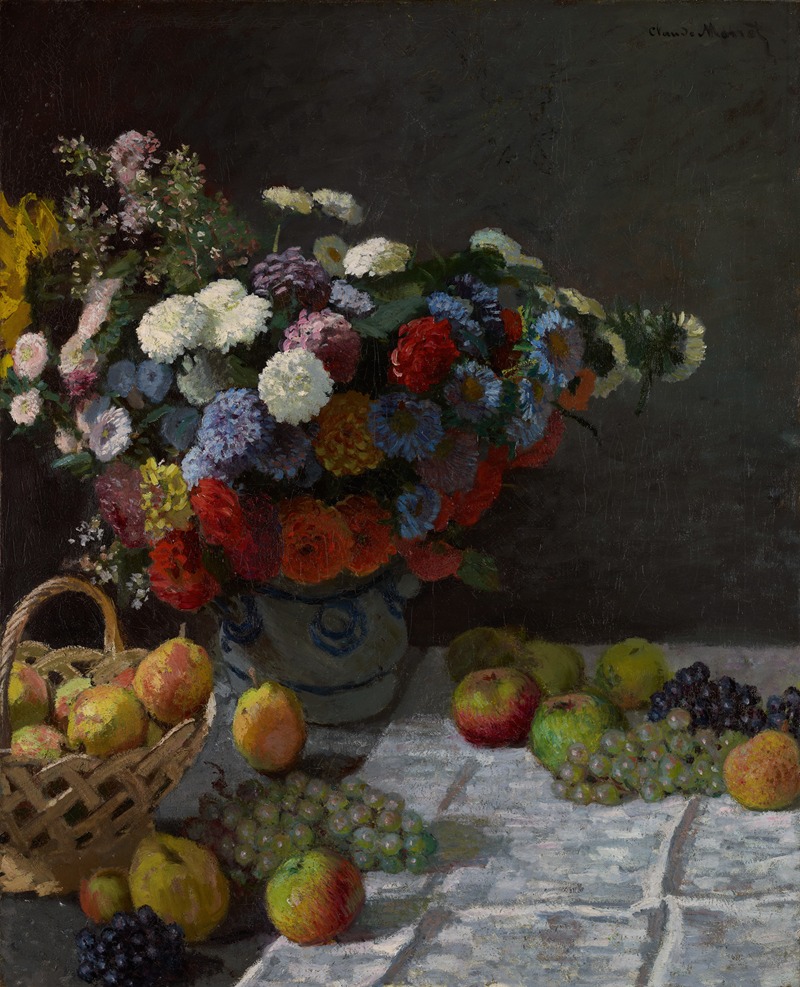
Still Life with Flowers and Fruit
A hand-painted replica of Claude Monet’s masterpiece Still Life with Flowers and Fruit, meticulously crafted by professional artists to capture the true essence of the original. Each piece is created with museum-quality canvas and rare mineral pigments, carefully painted by experienced artists with delicate brushstrokes and rich, layered colors to perfectly recreate the texture of the original artwork. Unlike machine-printed reproductions, this hand-painted version brings the painting to life, infused with the artist’s emotions and skill in every stroke. Whether for personal collection or home decoration, it instantly elevates the artistic atmosphere of any space.
Claude Monet, a pivotal figure in the Impressionist movement, is renowned for his innovative approach to capturing light and color. While Monet is best known for his landscapes and scenes of nature, he also explored still life painting, particularly in his earlier years. One such work is "Still Life with Flowers and Fruit," which exemplifies his developing style and interest in the interplay of light and color.
"Still Life with Flowers and Fruit" is a painting that reflects Monet's early experimentation with the Impressionist style. Although specific details about the painting's creation, such as the exact year it was painted, are not widely documented, it is generally understood to have been created during a period when Monet was exploring various subjects and techniques. This exploration was part of his broader artistic journey that eventually led to his more famous works focusing on landscapes and water lilies.
In this painting, Monet employs a vibrant palette to depict an arrangement of flowers and fruit. The composition is typical of still life paintings, with a focus on the natural beauty and variety of the subjects. Monet's brushwork in this piece is indicative of his Impressionist tendencies, characterized by loose, expressive strokes that capture the essence rather than the precise details of the objects.
The use of light in "Still Life with Flowers and Fruit" is particularly noteworthy. Monet was fascinated by the effects of light on color and form, and this painting demonstrates his early attempts to capture these effects on canvas. The way light interacts with the flowers and fruit creates a dynamic and lively composition, drawing the viewer's eye across the canvas.
Monet's choice of subject matter in this still life is also significant. Flowers and fruit have long been traditional subjects in art, symbolizing beauty, abundance, and the transient nature of life. By choosing these subjects, Monet aligns himself with a long tradition of still life painting, while simultaneously pushing the boundaries of the genre through his Impressionist approach.
The painting is also a testament to Monet's skill in balancing color and composition. The harmonious arrangement of colors and forms creates a sense of unity and balance, which is a hallmark of Monet's work. This balance is achieved through careful consideration of the relationships between the different elements in the painting, such as the contrast between the vibrant colors of the flowers and the more subdued tones of the fruit.
"Still Life with Flowers and Fruit" is an important work in Monet's oeuvre as it provides insight into his artistic development and his exploration of new techniques and ideas. It serves as a precursor to his later, more famous works, where his mastery of light and color would reach new heights.
Overall, this painting is a valuable piece for understanding Monet's early artistic endeavors and his contribution to the Impressionist movement. It highlights his innovative approach to traditional subjects and his ongoing quest to capture the fleeting effects of light and color in his art.





